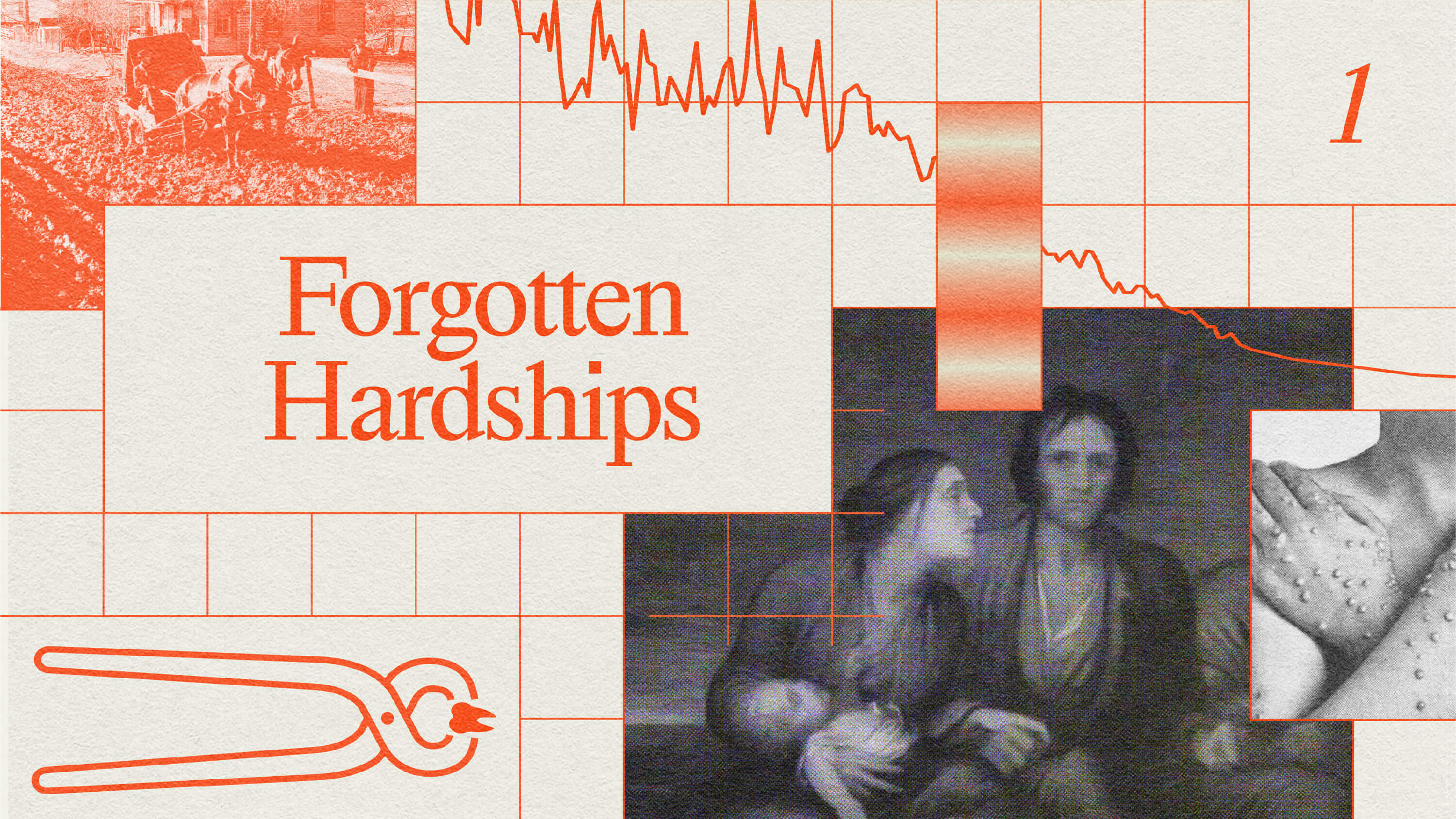Each year, 2,000,000 people obtain infections in American hospitals, 100,000 of which die. But as the surgeon and New Yorker staff writer’s work demonstrates, these infections are far from inevitable and may only be a matter of making doctors follow a more standard protocol.
Question: Are we seeing any efforts to cut down the rate of infections in hospitals?
Atul Gawande: Yeah. Yes. So we have 100,000 people a year who pick up infections at hospitals, all because somebody didn't wash their hands. And it is a -- it has become a kind of emblematic sign of how much difficulty we're having in medicine in grappling with our complexity. This is not about how great your doctor is or how great your nurse is; this is about how great the system is in making sure everybody does the right thing. And you would think that this we could do: just make sure everybody washes their hands. And -- sorry, I got the number wrong: 2,000,000 people pick up infections in hospitals, but 100,000 die from those infections. So when you're talking about that kind of public health impact, the fact that we hadn't solved it is a serious indictment of where we are.
The first experiments to begin to show something that worked was out of Johns Hopkins, where they developed a checklist. They took the aviation idea and said, okay, one of the most deadly infections that you pick up in hospitals is an infection of an intravenous line that you get in the intensive care unit called central lines. They go in the neck or in the shoulder, and go all the way down into the heart to put powerful drugs in and to monitor pressures inside the vena cava going to the heart. Five percent of the time they would get infected. And when they get infected, you'd have high death rates because these would be infections in the bloodstream. What they found was, a checklist just making sure people washed their hands, put on a sterile hat, mask, gown gloves, put a sterile drape over the patients' entire body, use soap on the site -- they found that when they didn't have the checklist in place, doctors skipped one of those steps 30 percent of the time.
Then they implemented the checklist, and it was tricky. It actually meant giving nurses the power to stop a doctor, to say, here are the five things we're supposed to make sure are done on the checklist; you haven't done one of these. And the very first day that a doctor bites off a nurse's head for saying that, and then the nurse is not backed up by the administration, the checklist is dead. The whole success is based on the idea that those in charge will back up the nurse. Well, they implemented this project in the state of Michigan. They made it work, and they reduced infections in the entire state by two-thirds. They saved 1500 lives in the first year that this was in. The worst hospital in Michigan has a lower rate of infections of these central lines than 90 percent of American hospitals. Saved $200 million too, by the way. And now it's three years later. Have we adopted this in all American hospitals? No. We're getting there, but it's moving way too slowly.
Recorded on: January 4, 2010





